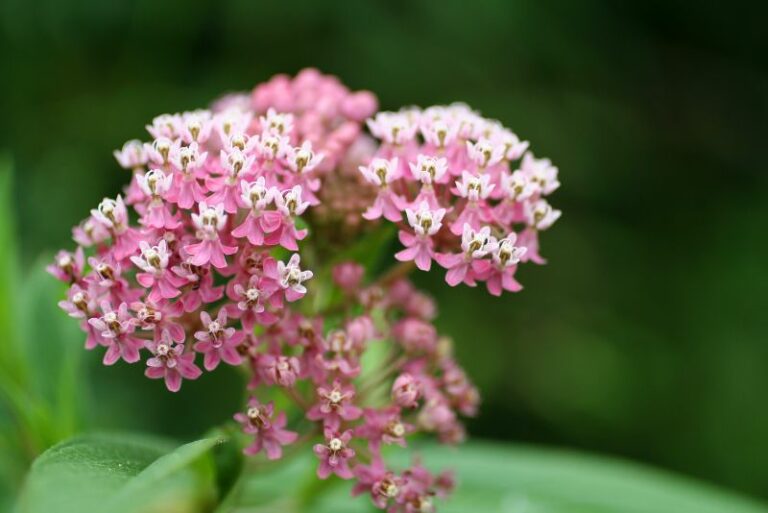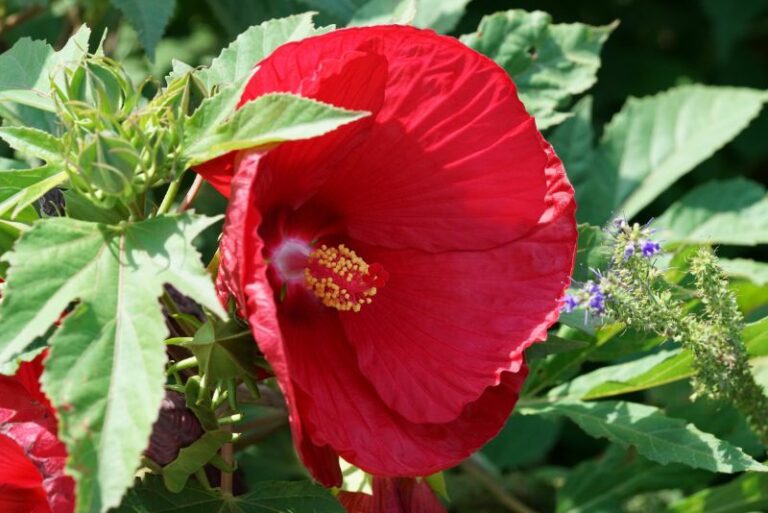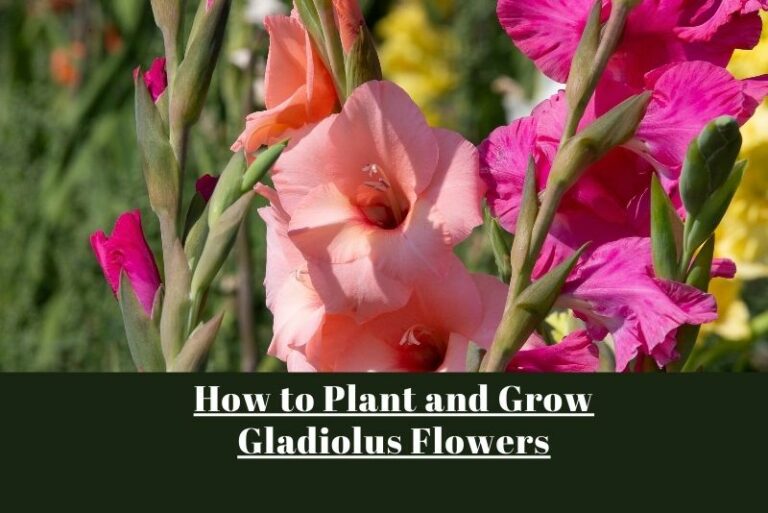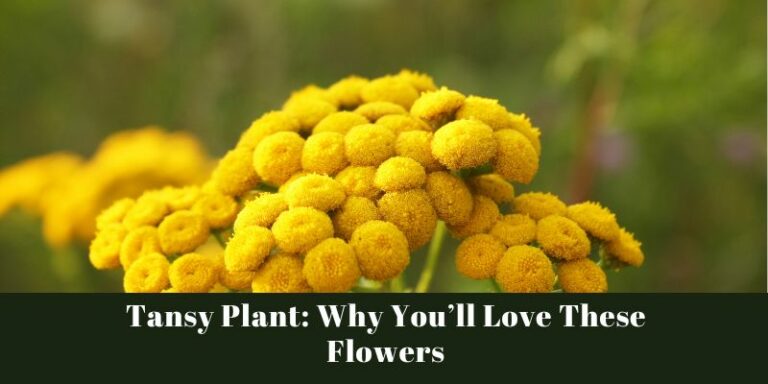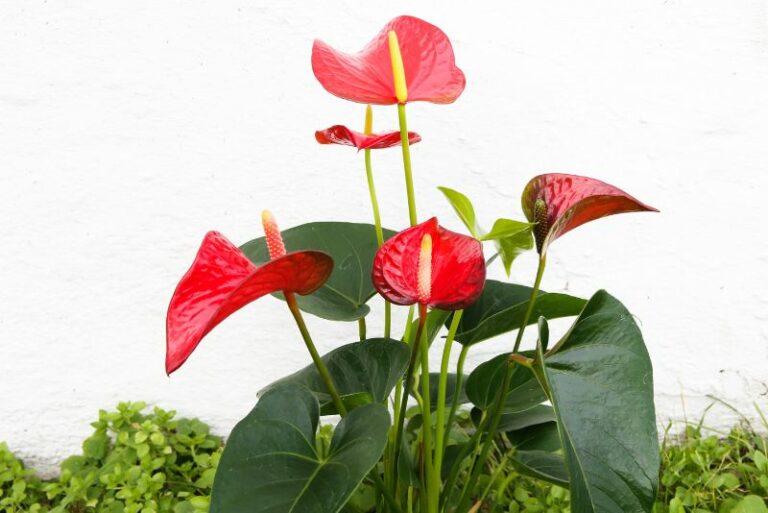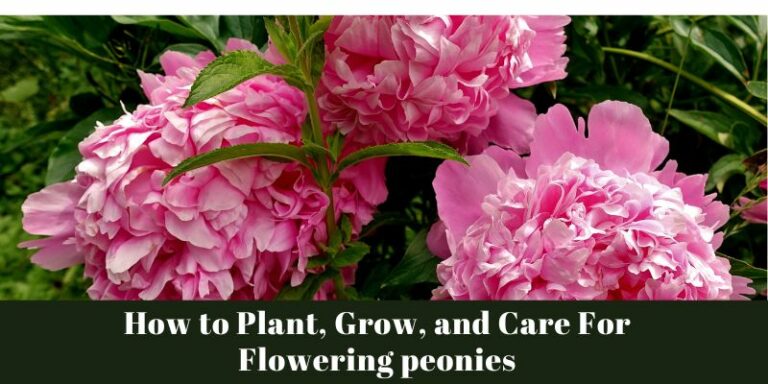Ultimate Guide to Growing and Caring for Ironweed (Vernonia)
Ironweed, the regal member of the aster family, is a remarkable plant known for its striking appearance and impressive height, often lending an air of wild elegance to any garden it graces. With its deep violet flowers that bloom from summer well into the fall, ironweed is a beacon for pollinators and an attractive choice for pollinator gardens and mixed borders. In this comprehensive guide, we’ll dig deep into the world of ironweed, helping you to nurture this beautiful plant from seed to bloom.
Understanding Ironweed
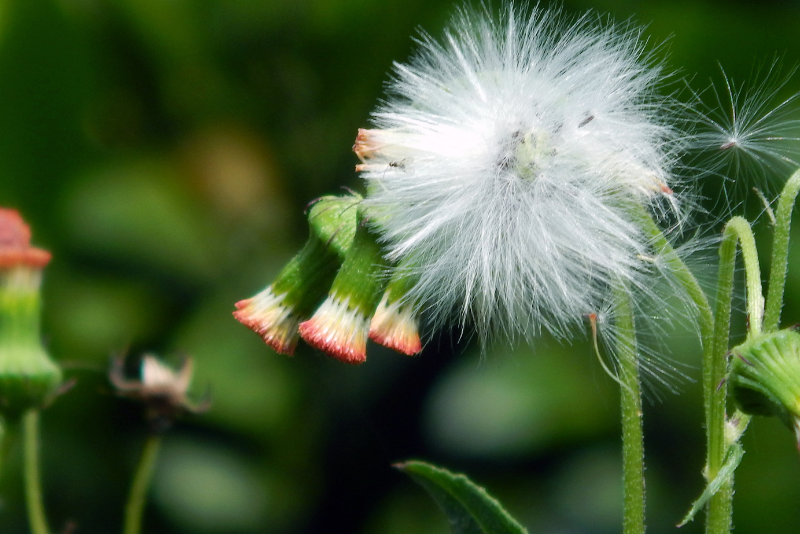
Ironweed (Vernonia) encompasses over 1,000 species of perennial plants native to a variety of habitats in North and South America. These robust plants can be found in wetlands, prairies, and even disturbed sites like roadsides. The name “ironweed” is attributed to the plants’ tough stems, which were described as being iron-like in their rigidity.
The Various Varieties
While there are numerous types of ironweed, a few stand out for their popularity in gardens:
- Vernonia noveboracensis (New York Ironweed): This variety is renowned for its tolerance to both wet and dry soil conditions and is commonly found in the eastern United States.
- Vernonia lettermanii (Prairie Ironweed): Preferring drier soil, this variety thrives in the central plains and the Southwest.
- Vernonia gigantea (Giant Ironweed): As the name suggests, this species is the tallest, often reaching 8 feet or more.
Growing Ironweed
The key to successful ironweed cultivation is to mimic its natural environment to the best of your ability.
Optimal Growing Conditions
Ironweed prefers full sun, so choose a planting location that receives at least six hours of direct sunlight each day. The soil should be well-drained but consistently moist. Rich, heavy clay soil can support ironweed’s sturdy growth, provided it doesn’t become waterlogged.
Planting Techniques
When planting ironweed from seeds, sow them about an eighth of an inch deep in the prepared site. Space the seeds or seedlings about 2 feet apart to allow for their eventual spread.
Seasonal Care and Maintenance
In the spring, as the soil warms and frosts become less frequent, ironweed will begin to grow. Keep the soil moist but not waterlogged during the growing season. Weeds can be particularly invasive around young ironweed, so stay on top of them with regular checkups.
In the autumn, after the first frost has finished the flowers, you can cut the plant back to a few inches above the soil if you wish, or leave the seed heads for winter interest.
Caring for Ironweed
Caring for ironweed is relatively straightforward, involving techniques familiar to seasoned gardeners.
Pruning and Deadheading
Prune your ironweed in the fall after the blossoms have finished, cutting the stems down to the ground if your variety benefits from such maintenance. Deadheading can prolong the blooming season and prevent reseeding in the garden, but leaving the final flowers can provide a food source for birds.
Fertilization and Soil Amendments
Ironweed does not require much fertilizer, especially if it is planted in native soil. A light feeding of a balanced organic fertilizer in the spring can give the plants the additional nutrients they need. It’s also good to test the soil pH and amend it if necessary to keep it between 6.0-7.0.
Pest and Disease Management
Ironweed is relatively resistant to common garden pests and diseases. However, keeping an eye out for issues and addressing them promptly is important. Fungal diseases can be an occasional problem, particularly if the plant is not getting enough air circulation. If you notice any issues, remove and dispose of affected plant parts to prevent the spread of pests or diseases.
Benefits of Ironweed in the Garden
Beyond its striking appearance, ironweed offers a wealth of benefits to any garden.
Aesthetic Appeal
Ironweed’s rich purple flowers provide a dramatic contrast to the typical green backdrop of most gardens. Its upright form and generous height can serve as a focal point or a backdrop for lower-growing plants.
Wildlife Attraction and Ecological Importance
The late-season blossoms of ironweed provide an important nectar source for a variety of pollinators, including bees, butterflies, and hummingbirds. Its seeds are also a food source for birds, adding to its value in supporting local ecosystems.
Ironweed in Different Garden Settings
Ironweed can flourish in various types of gardens, adding a touch of its unique charm to any space.
Container Gardening with Ironweed
If you’re gardening in smaller spaces, dwarf varieties of ironweed can be successfully grown in containers. Ensure the pot is large enough to accommodate the mature size of the plant and that you use a high-quality potting mix with good drainage.
In Wildflower Meadows or Pollinator Gardens
Ironweed is a staple in wildflower meadows and pollinator gardens. Its prolific floral display provides a much-needed nectar source for a wide array of beneficial insects, contributing to the health of your local ecosystem.
Troubleshooting Common Issues
Understanding and addressing potential problems is essential for healthy ironweed plants.
Addressing Yellowing Leaves, Stunted Growth, or Wilting
Yellowing leaves can be a sign of overwatering or poor drainage. Stunted growth may be related to insufficient sunlight or rootbound plants. Wilting may indicate a need for more frequent watering, especially during hot spells.
Dealing with Invasive Tendencies in Certain Regions
In some regions, ironweed can be invasive. To mitigate these effects, it’s essential to plant native species, practice responsible deadheading, and keep your ironweed under control. Always check with local agricultural extension services or native plant societies for advice specific to your area.
Conclusion
Gardening with ironweed offers an opportunity to connect with nature and contribute to local biodiversity. By learning the ins and outs of growing and caring for this resilient plant, you’re not only enhancing the beauty of your garden but also creating a space that supports the delicate balance of the natural world.
Whether you’re a seasoned green thumb or just starting, this ultimate guide to growing and caring for ironweed can help you achieve success with this remarkable plant. Remember, patience and observation are key to cultivating a thriving garden, and the rewards that come with growing ironweed are as numerous as the blossoms it bears. Happy gardening, and may your ironweed stand tall and bloom brightly!

